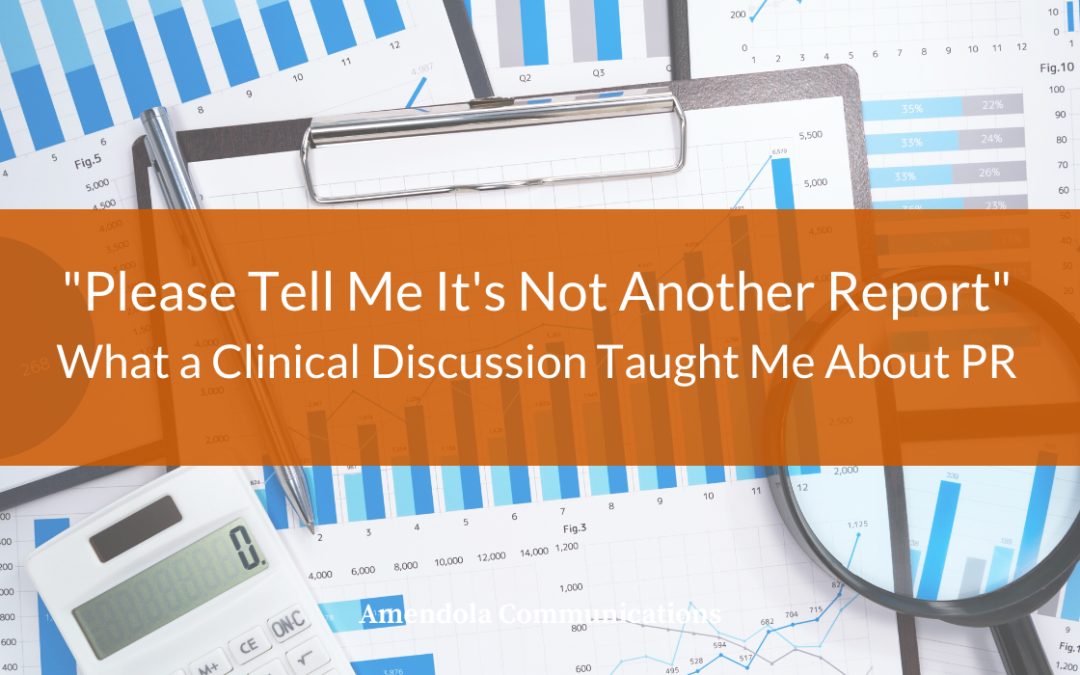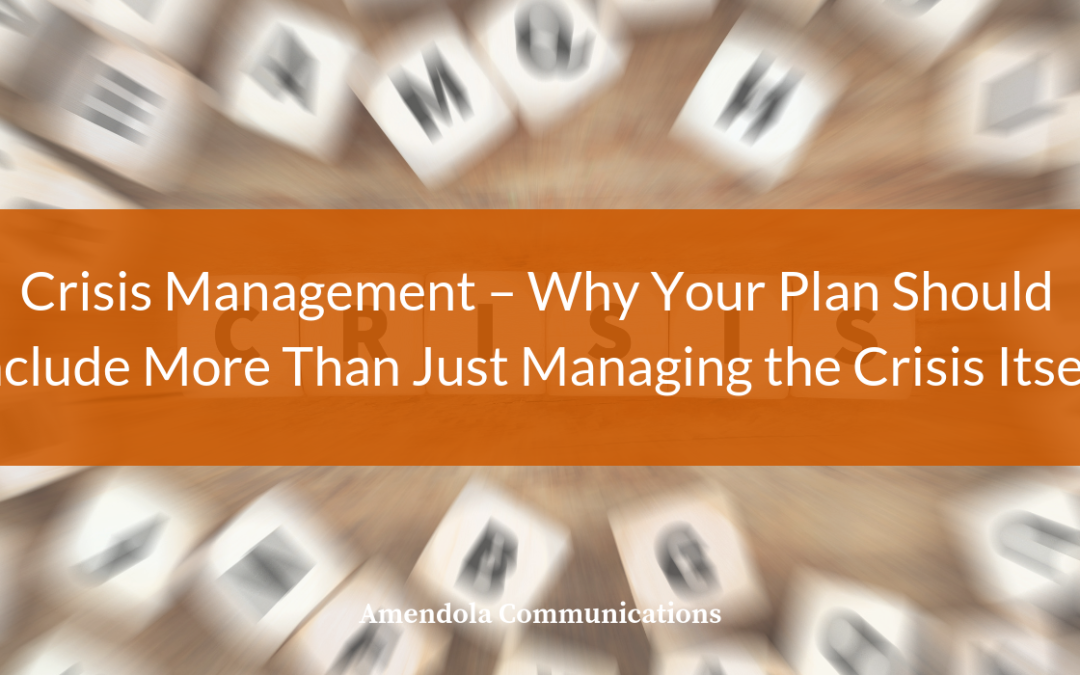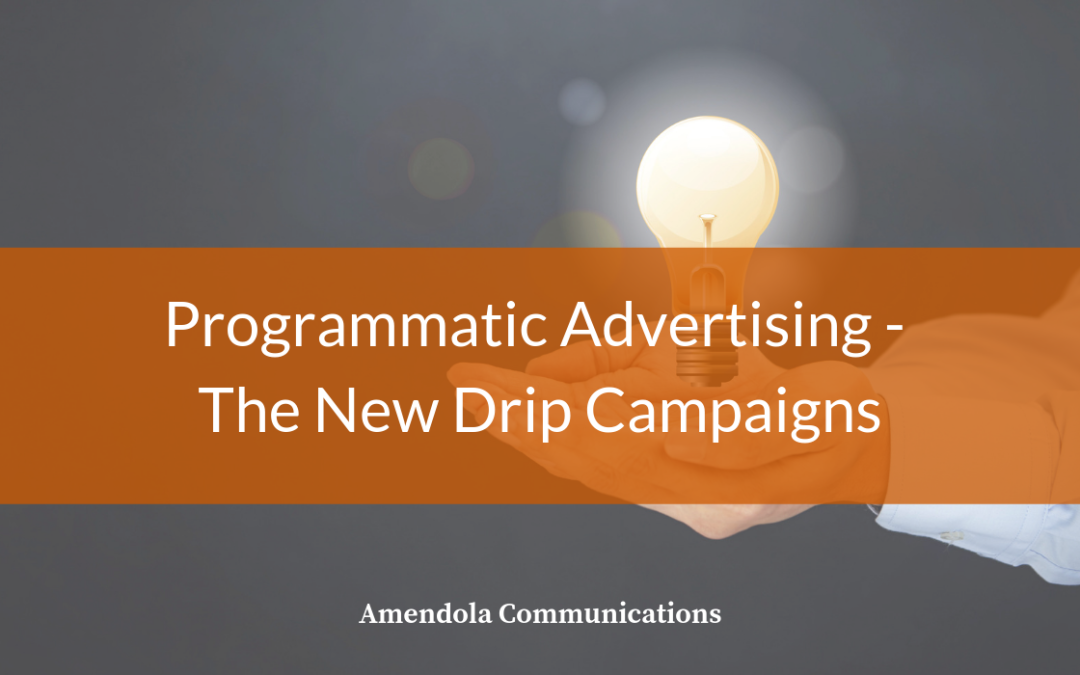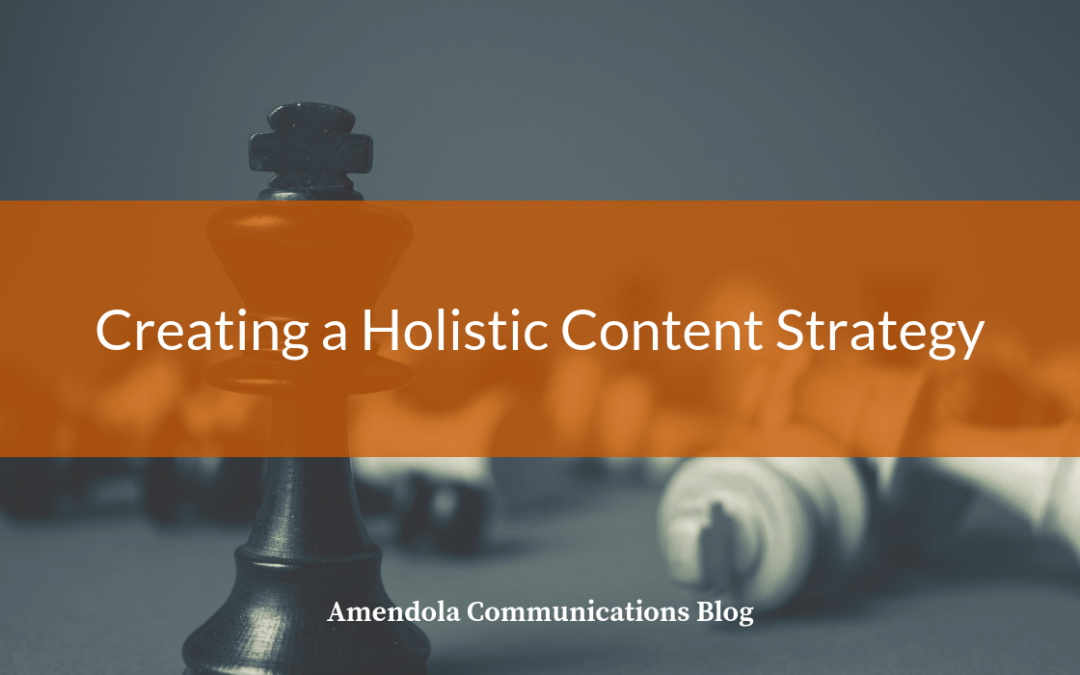
by Megan Smith | Nov 13, 2019 | Blog
We work in a niche part of PR healthcare with a heavy focus on technology so as you can imagine we have extremely nuanced discussions about the work that our clients do. This includes how their technology, service or offering impacts the world, what differentiates it from competitors and why providers, payers or employers need this technology.
We spend hours meticulously parsing through the language that accurately, yet simply, conveys what the technology or service our client provides so that our target audience can understand.
Recently though, I have realized that we in marketing and comms tend to turn around and play back the results of our work in the exact same manner but in our own jargon impressions, hits, tonality.
Just a few weeks ago, I was discussing messaging with a client for a new product, and they relayed a point to me that struck a chord for the work we do on both sides of the business. The team said that the clinicians do not want another report that they have to weed through. They want technology, partners and leaders who don’t just shove another report down their throats. They want digestible information that helps them in their day-to-day workflows.
That, of course got me to thinking. I write reports regularly. Reports of media coverage garnered, work done that month or quarter or year, reports on what we anticipate the outcome will be. But am I oversaturating my main audience like healthcare technology vendors are oversaturating clinical teams?
The answer is simple yes.
PR is perceived as the silver bullet that can fix all of a company’s issues. But there are two issues:
1. It is not a silver bullet and there is a lot of work that is needed operationally to turn around an organization, and
2. It is really, really hard to measure.
What do we as PR professionals do? We flood our market with reports we show how many impressions we may have secured, how one tool shows how the tone of the discussion changed and more.
But what we are not consistently giving is digestible advice on what this means for their day-to-day workflows how should they implement changes, what changes need to be implemented, where can we improve?
While I don’t have all the answers, I am working to improve my reports to provide that quick advice on what needs to be changed or considered to make all our activities more impactful.
How have you altered reporting to make sure your clients get the most of your partnership?

by Megan Smith | Jul 17, 2019 | Blog
Turn on the news today and you realize that crises come in multiple forms. Scandals, data breaches, natural disasters and public health concerns are just the tip of the iceberg.
The importance of having an actionable, tested plan with holding statements is well documented and understood. C-suite, IT, marketing, human resources and other departments all talk about it and recognize the ramifications of not having a plan.
While the need for a plan is not questioned, it is critical to assess where the charter for this plan starts and stops. If it is robust and forward-thinking, it should include an analysis of your current communications status, including evaluating your current brand reputation and acknowledging that your stakeholders’ perception of you now will impact you during moments of crisis.
If your company’s reputation is solid and you have built a brand that is trusted and transparent, customers and stakeholders will typically show you more goodwill during crisis periods. However, if your company is perceived as less than transparent, a crisis will only further deteriorate the brand. It is critical that your brand establish a solid reputation now so that in the long run so that you have more cachet with brand evangelists.
Another consideration of the plan is how far it should extend. After you have put out the immediate fire, should you go back to the status quo of how you were doing things before?
Absolutely not. Crisis management must extend well beyond the crisis itself and transform into a robust reputation management campaign. While having a good reputation to start with helps minimize damage, a crisis will undoubtedly impact your credibility with customers, prospects and stakeholders so you MUST have an initial plan ready for how to rebuild that trust.
Similar to the actual in-moment crisis management work, reputation rebuilding will be different in every scenario. However, you should think about how each type of crisis will impact audiences and plan potential tactics around it. For example, let’s take the case of a product recall impacting medicine that is administered to children. A few potential ways to rebuild trust include:
- A webpage that stays up for at least 6 months with all of the information about what was done to correct the issue, how customers should dispose of the product and all other essential information consumers should know.
- Public media engagements to talk about how you will prevent the issue going forward.
- Events including local townhalls and Twitter chats with consumers about the situation.
- If possible, a review by the FDA to formally show what was changed.
- Internal company townhalls to discuss the issue so that employees can be heard.
These are just five tactics; there are so many more that can take place. But as you can see the goal is to rebuild trust with ALL audiences once a crisis occurs.
For a crisis plan to be truly effective, you need to rebuild trust in the long-term, not just mitigate the issue in the moment.

by Megan Smith | Mar 20, 2019 | Blog
Earlier this month, eMarketer covered research from Dun & Bradstreet about the growth of programmatic marketing and how it will influence account-based marketing. Interestingly, 63% of B2B marketers in the research were using programmatic buy in their efforts and 48% were using personalization for their ad placements.
The example of how B2B marketers are using this type of ad placement showed they start generic. Then, as the person interacted with the brand, the ads became more focused on product details with the goal to close the deal.
Over the last decade, the evolution of this type of marketing has been fascinating to me. In the mid-2000s, I can remember working with clients to purchase and scrub email lists, then combining them with client lists and a list curated from tradeshows to blast emails about webinars or new product information. Today, we can use a multitude of tools to target our current prospects and even target prospects we are unaware of with lookalike profiles based on profitable clients.
While this evolution has been wonderful and tailormade to get the information into the hands of decision-makers or influencers at the exact right time, one comment in the eMarketer article really stuck out to me. Steve Weeks, director of media strategy and planning at Adobe, stated that you have to serve “relevant content” and that you can’t “overexpose people to one message.”
As I sat and thought about this comment, I felt that this is the ongoing battle mar-comm and sales have been having in B2B companies since the start of drip campaigns do you hit the target over the head with your message and product or do you steadily make yourself a go-to resource that educates the target market about trends?
I personally see the value in the latter approach, where you become the go-to resource that not only looks at trends but also educates the industry about the impact it will have on their business. With a variety of resources ranging from webinars to white papers to online ROI calculators and more, if brands build themselves up as educators, prospects will trust them more in the long run and hopefully you will be the source they turn to when they need new technology.

by Megan Smith | Mar 6, 2019 | Blog
You went through the rigorous process to find a new agency partner. Whether it was for lobbying, communications, marketing or website development, this process took you and your team time. Now you have them onboard what next? How do you optimize your relationship to make sure you leverage the best of your partners and they don’t just become another vendor?
First, you have to decide what you want: a partner or a vendor. A partner is an extension of your team they know the ins and outs of your company, have a stake in seeing you succeed and are involved in the strategic planning for the department. Vendors on the other hand are order takers they do what you say and don’t offer that additional strategic layer that asks questions about why something is being done or if it aligns with the business goals.
While vendors are critical to an organizations’ success, is that what you want or need after you selected a new agency? In my experience, no that is not what you want. You want the group that pushes back and pushes your thinking to make sure you get the results you need.
Once you commit to making the agency a partner, it will take time and education to get them to be that additional strategic arm. It is just like a new hire they need to be brought up to speed. That can be done a number of ways:
- Kickoff and intro meetings with key stakeholders Have short intro calls with your potential spokespeople, decision makers and anyone who will be working with the agency. Allow the agency to pick their brain, get to know them and understand the nuances of the organization.
- Provide the agency with all relevant information If you think you gave your new partner everything, give them more every logo, plan, report, pitch or piece of marketing collateral. They want to see how your company talks and thinks so that they can align with that process.
- Give them the inside scoop that will help them help you Hopefully your scope of work clearly aligns with what you are measured on, but it is helpful to tell the agency what types of reports or updates help you look good. If your boss likes marketing data and analysis, they can build their reports on those points and less on the anecdotal outcomes.
- Collaborate with them In the first few weeks or months, the agency will provide thoughts or counsel on how your organization is working. They are trying to help and fresh eyes can often have good ideas or help processes improve. If they give you advice, work with them to understand their side and then educate them on the nuances of the organization.
If part of your job is to manage an agency, just know that we want to help you and make you look good too. If you bring the agency in as part of your team and make them a partner, we promise it will help you in the long run.

by Megan Smith | Jan 2, 2019 | Blog
I have a confession. I truly believe in the underlying meaning of cliches: What doesn’t kill you makes you stronger. All that glitters isn’t gold. Read between the lines.
But my favorite is that content is king. To me, the content and the strategy for leveraging it make or break a campaign in a heartbeat. You can have the best survey results in the world, but without a thought through and well-defined content strategy behind it, that survey will not help your business objectives.
For years, I have loved the challenge of determining how we can use the messages in a planned piece for email, visuals, paid placements, microsites, press releases, media interviews, roundtables and more. A good campaign is an integrated one where all of the pieces play off of each other. But how do you even start to plan such a campaign? In my experience, good content strategy that results in a truly integrated campaign follows the same process each time.
Establish a goal for the content With any campaign, you need to know what you are trying to accomplish and how are you going to measure success. Are you trying to get new leads? Is your goal to gain share of voice in the media in a new vertical? Do you want potential investors to see how you are filling an industry gap so that they will consider being part of your next round of funding? Once you determine the marketing goals, you can determine what type of content to create.
Focus on addressing a concern for your target market With a goal established, you should know better who you are targeting. Let’s assume that you are a revenue cycle management (RCM) vendor that has traditionally been in the hospital space but are now moving in physician practices this is a fairly crowded market so you need to focus on cutting through the noise. To do that, you know that physicians want more information about time to collections and data on the increase in patient self-pay and how that is impacting their bottom line. This will be the central theme of your content.
Define the seminal piece of content that you will create If we continue with the RCM idea above, you may create a survey about the impact patient self-pay has had on the bottom line for physician practices. Then you can create a report on the results that leverages visuals and analysis. It is critical to understand what the first piece of content you will create will be you will need to focus on creating that so that other content can spin off it easily
Let your imagination go wild with how you can use that content Now that you know that you are creating a report based on survey results, take time to think through how it that will be further leveraged. In addition to the traditional press releases and byline articles about the results, some potential options include:
- Media interviews with embargoed pre-pitching to key media so that you generate a buzz
- Email campaigns to potential leads to show the data that you have collected
- Sponsorships on industry websites this could include “gating” a version of the content to get new leads (people interested in the content provide their name and contact information to qualify for access)
- Paid digital ads that point back to your website for further leads using Google ads, LinkedIn promotions and more, you can accurately target prospects who may be searching for your content
- An interactive microsite that highlights the data that can drive retargeting efforts
- Layout a timeline of when all the content can be created and disseminated Once you confirm the exact content you will produce, it is time to create a development and dissemination timeline. At the launch of a campaign, you need to know exactly when content will launch this would include the seminal piece and the initial promotional pieces such as a press release, social content, email blasts. You can then divide the paper into snackable visuals and create infographics, articles and sponsored content so that can continue to capture leads. The goal will be to continue to provide fresh insights or analysis of the data that will encourage people to download the paper and fodder for the digital team to use for paid marketing. But you must have a calendar of when each piece and each channel will be engaged to keep the campaign on track.
- Measure, measure, measure As you did in the beginning, you should have established how you will measure success. Whether that is new leads, greater share of voice or other metrics, you need to start measuring sooner than later so that you know what channels are or are not working. So set a standard process for reviewing metrics and making tweaks to the entire plan.
By following these steps, you will be well positioned for a strong integrated marketing campaign that leverages the value of your content and thought leadership.




